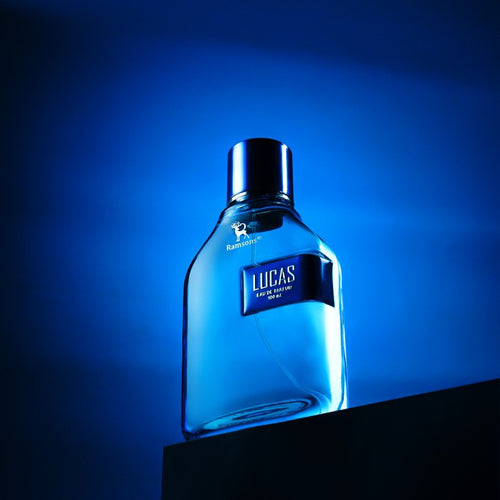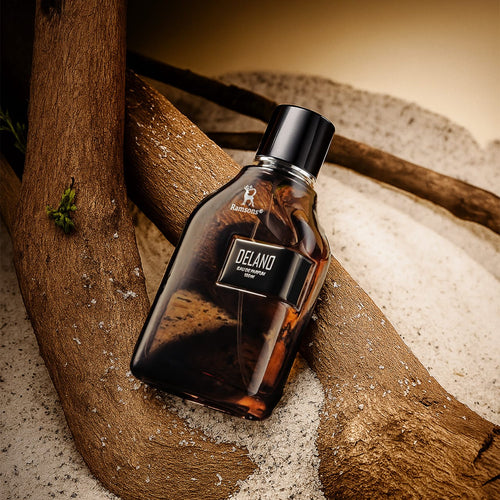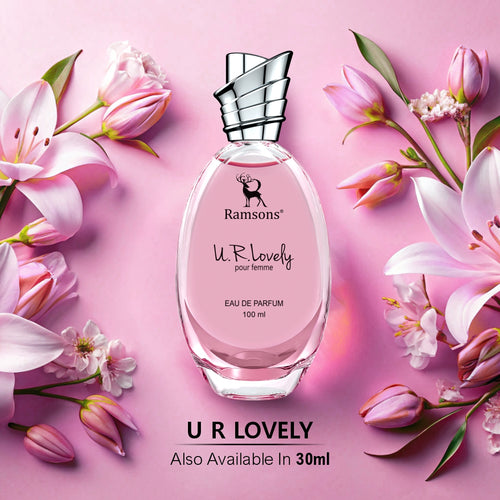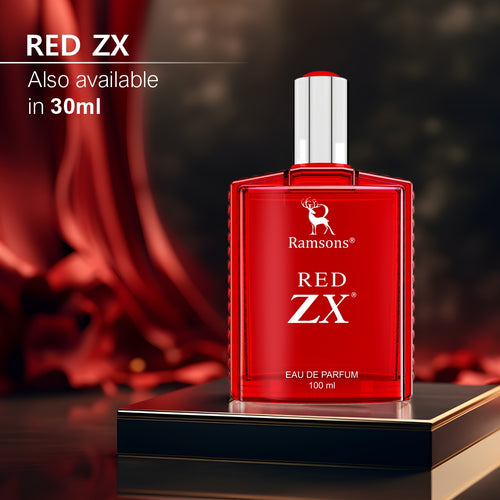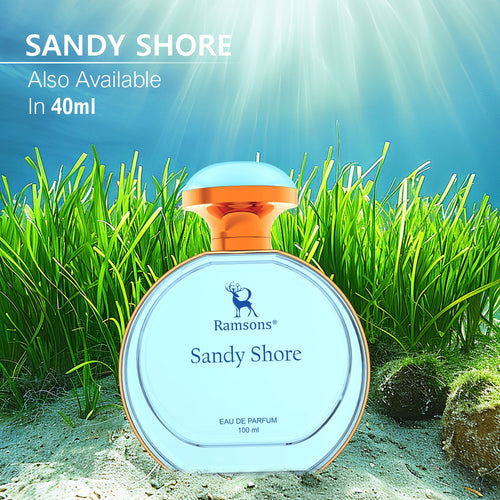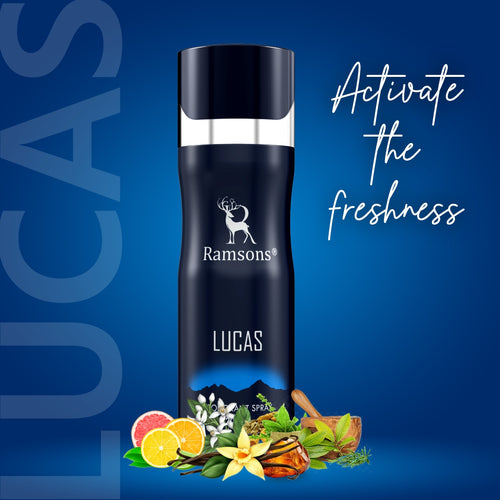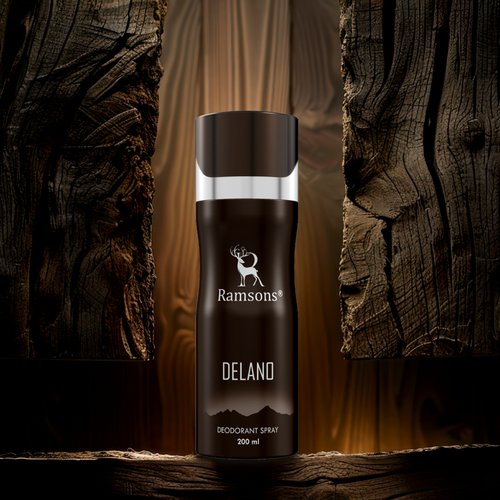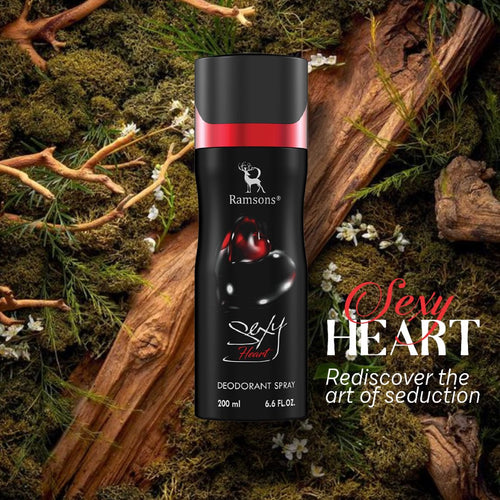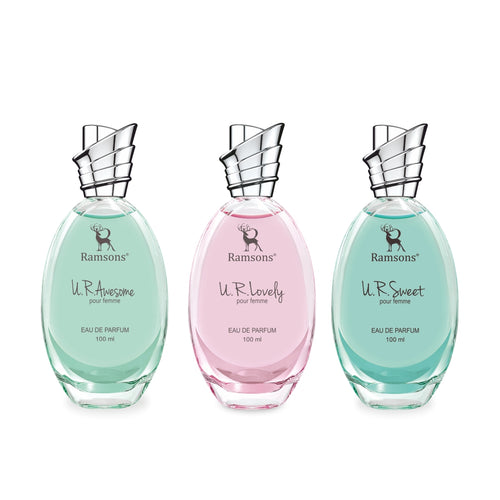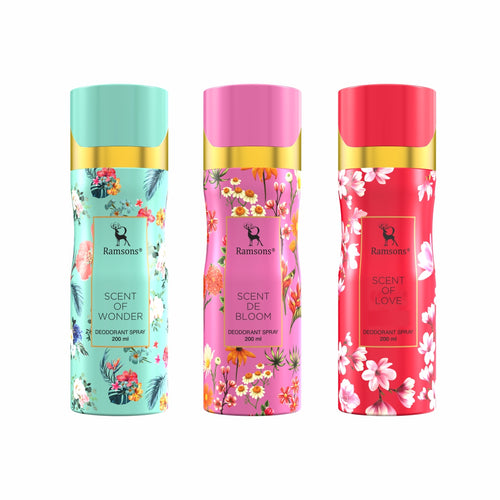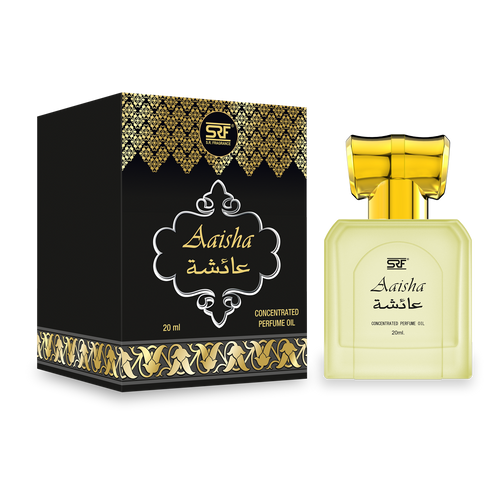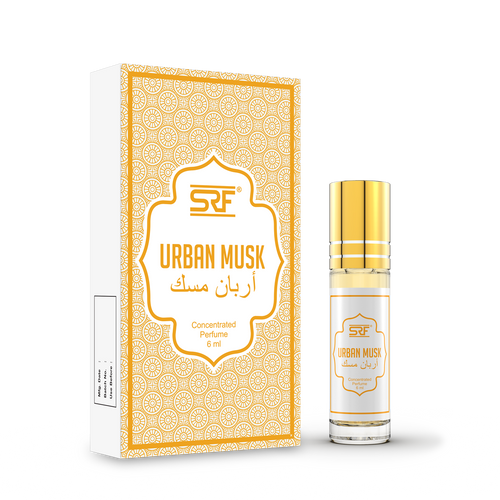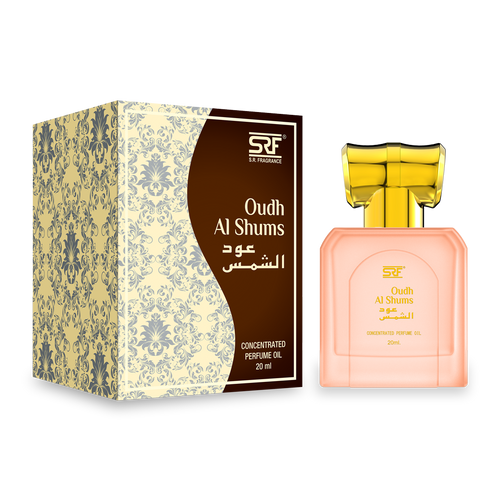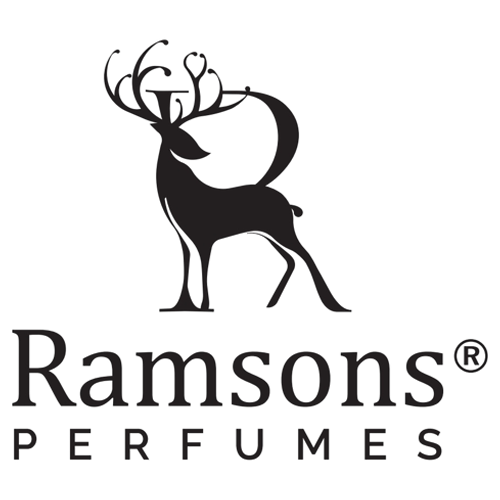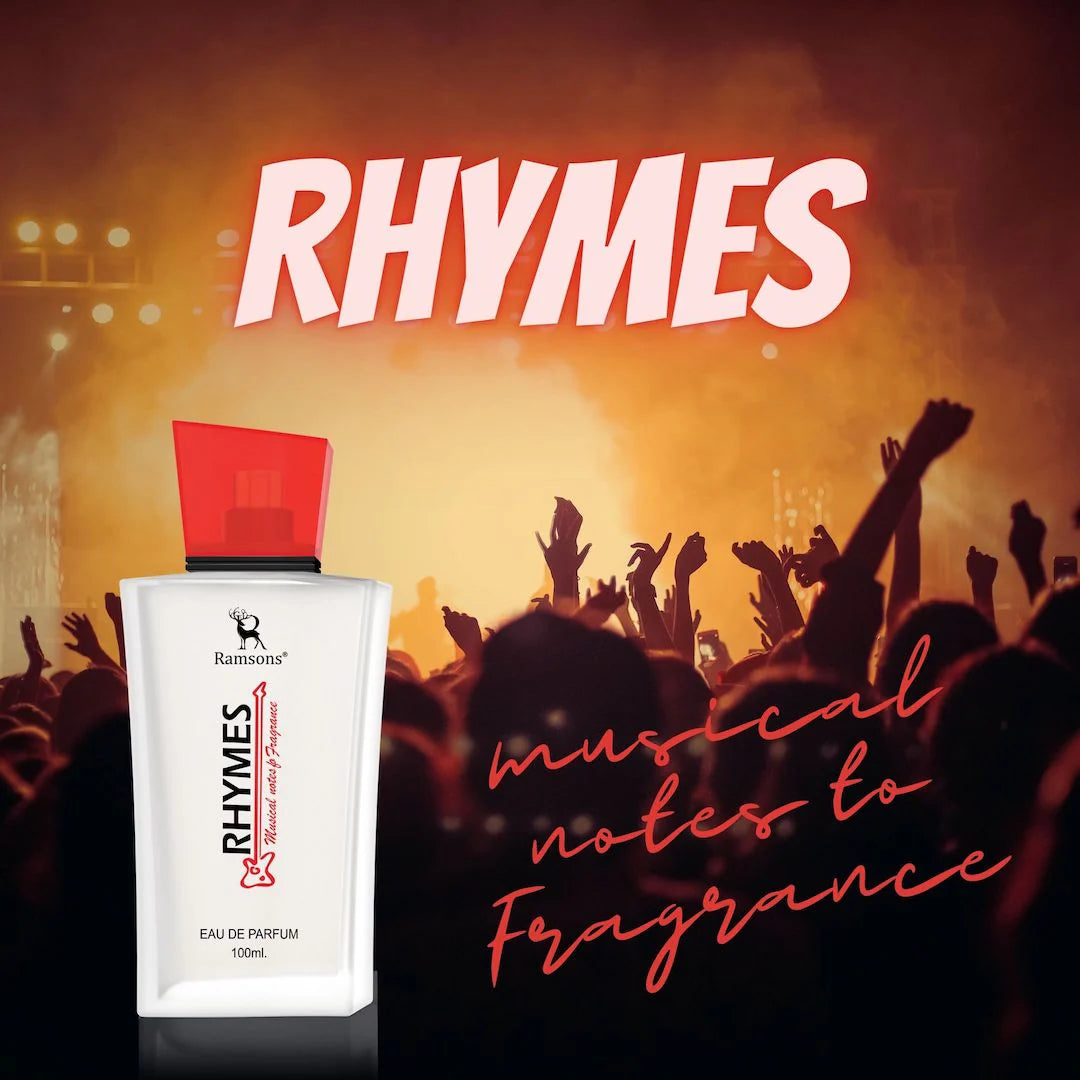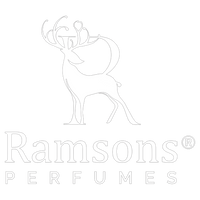Rhymes - Eau De Parfum
Introduction
Perfume production is a blend of artistry and chemistry that results in captivating scents we cherish. In this guide, we'll delve into the fascinating world of perfume manufacturing, exploring the journey from raw materials to the final bottled fragrance.
- The Science Behind Perfume Making
Understanding the chemical composition of perfumes is essential. It involves blending aromatic compounds, solvents, and fixatives to create unique and long-lasting scents. The intricate chemistry ensures that each perfume has its distinct notes and longevity.
-
Aromatic Compounds
Aromatic compounds are the heart of any perfume. They contribute to the fragrance's character, with categories like floral, citrus, woody, and oriental notes. These compounds are derived from natural sources like flowers, fruits, and spices, or synthetically created to mimic natural scents.
-
Solvents and Fixatives
Solvents are essential for dissolving aromatic compounds, ensuring they can be evenly dispersed. Fixatives help in stabilizing the fragrance, enhancing its longevity on the skin. Common solvents include ethanol and water, while fixatives like musk and ambergris add depth and staying power to perfumes.
-
The Perfume Manufacturing Process
Creating a perfume involves a meticulous process that balances creativity and precision. Let's explore the steps involved in bringing a fragrance to life.
Step 1: Gathering Ingredients
The first step in perfume making is gathering high-quality ingredients. This includes aromatic compounds, solvents, fixatives, and any additional elements like colorants or preservatives.
Step 2: Blending
Blending is where the magic happens. Perfumers carefully combine different aromatic compounds, adjusting ratios to achieve the desired scent profile. This step requires expertise and a keen sense of olfactory artistry.
Step 3: Aging and Maturation
After blending, the perfume mixture is left to age and mature. This allows the various components to harmonize, resulting in a more balanced and refined fragrance.
Step 4: Filtration and Clarification
Once matured, the perfume undergoes filtration to remove any impurities or sediment. Clarification ensures a clear and pristine final product, ready for bottling.
-
Quality Control in Perfume Manufacturing
Maintaining quality standards is paramount in perfume production. Rigorous testing and evaluation ensure that each batch meets the brand's standards for scent, longevity, and overall customer satisfaction.
Sensory Evaluation
Trained perfumers conduct sensory evaluations, assessing the fragrance's aroma, projection, and longevity on different skin types.
Chemical Analysis
Advanced analytical techniques are employed to analyze the chemical composition of perfumes, ensuring consistency and quality across batches.
Regulatory Compliance
Perfume manufacturers adhere to strict regulatory guidelines regarding ingredient safety, labeling accuracy, and environmental sustainability.
Perfume FAQs
-
Q: What are the primary ingredients in perfumes?
A: Perfumes typically contain aromatic compounds, solvents like ethanol, fixatives for longevity, and sometimes colorants or preservatives.
-
Q: How long does it take to create a new perfume?
A: The creation process varies but can take anywhere from several months to years, depending on complexity and desired outcomes.
-
Q: Can perfumes be made without synthetic ingredients?
A: Yes, natural perfumes use only ingredients derived from botanical or animal sources, omitting synthetic compounds.
- Q: What is the difference between Eau de Toilette and Eau de Parfum?
A: The main difference lies in concentration; Eau de Parfum has a higher concentration of aromatic compounds compared to Eau de Toilette, resulting in a longer-lasting scent.
-
Q: Are perfumes tested on animals?
A: Ethical perfume brands refrain from animal testing, opting for cruelty-free and sustainable testing methods.
- Q: How should I store perfumes to maintain their quality?
A: Perfumes should be stored in a cool, dark place away from direct sunlight and fluctuations in temperature, preserving their fragrance integrity.
Conclusion
Delving into the art and science of perfume making reveals a captivating world of creativity and precision. From aromatic compounds to quality control measures, each step contributes to crafting exquisite fragrances that captivate our senses.
